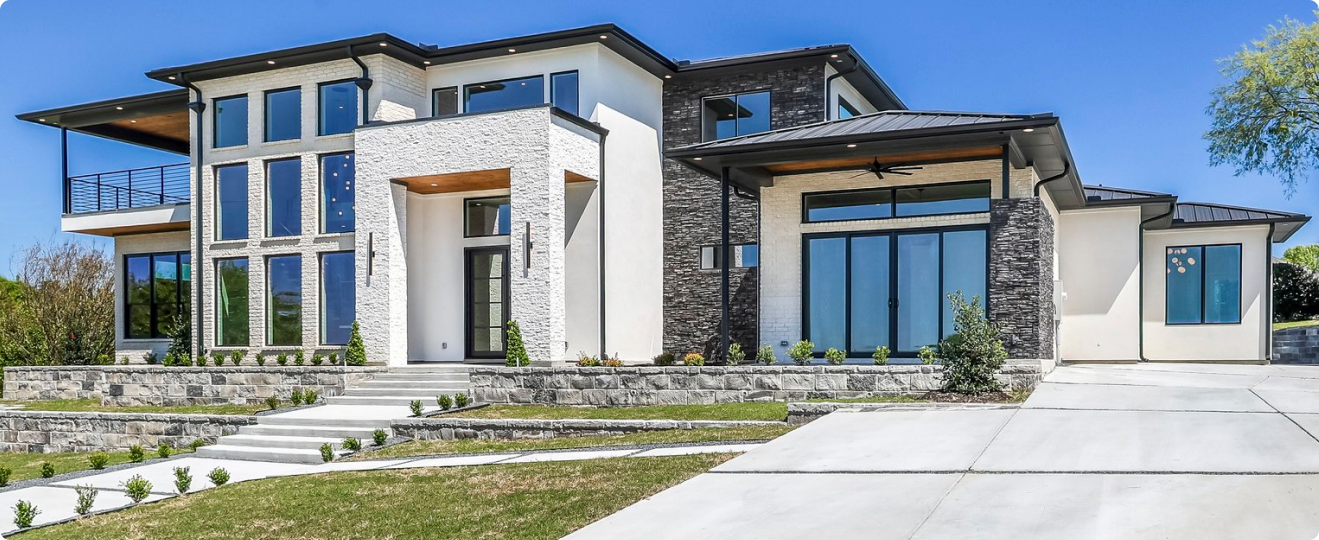

The Story Behind the Writer
David Anderson is a skilled ADU designer with years of experience in the construction industry. He specializes in creating custom ADUs that provide homeowners with the perfect balance of comfort, style, and functionality.
What Is a Prefab ADU? Understanding the Basics
“Prefab” is short for prefabricated; Prefab refers to a factory-built auxiliary housing unit. Then it’s delivered to your property and set up.
The benefit of a prefab ADU is that it causes far less disruption on your property than building an ADU from the ground up. Instead of the typical 5-8 month building timetable, you’ll probably have a few weeks of site preparation and a few days to a week for unit installation.
Prefab vs. Site-Built ADU: Key Differences Explained
A prefab ADU differs significantly from a site-built ADU in terms of technique, time, expense, and personalization.
A site-built ADU, also known as a stick-built ADU, is constructed on-site. While they may be created to your exact requirements, such personalization comes at a cost. Building an ADU in the design of your choice will take longer and cost more. Furthermore, the work must be done on-site at your house, which might be disruptive to your everyday life. Because of the amount of time spent on-site, they are also more prone to be delayed by severe weather.
Exploring Different Types of Prefab ADUs
There are two types of prefabricated ADUs available. This comprises both the Modular and Panelized prefabricated ADUs.
Modular Prefab ADUs: A Versatile Option
These are the most popular varieties that people envision when they hear the term “prefab.” They are delivered to your home in a full set and erected using a crane. They typically come in studio, one-bedroom, and two-bedroom modular prefab ADUs.
The construction includes flooring that cannot be changed. However, based on your tastes, several firms provide flooring alternatives, cladding exteriors, and roofing, among other finishes.
Panelized Prefab ADUs: Efficient and Flexible
They are built-in wall pieces and are delivered to your location on a flatbed truck before being constructed on-site. Floor layouts are available from construction businesses that manufacture panelized contemporary prefab ADUs. Furthermore, you may add your architect’s set of floor plans.
These extra living units may take up a lot of room on your property. However, the wall portion is constructed away from the site, minimizing the noise and disruption caused by on-site framing.
Durability of Prefab ADUs: Are They Long-Lasting?
Prefab ADUs are not impermanent in any way, even though they are not built like a typical home. They are built to the same standards as any other house and must be inspected and permitted before anyone may live in one. You may anticipate utilizing your Prefab ADU Bay Area for many, many years.
Benefits of Prefab Backyard ADUs: Why Choose Prefab?
We are now in the heyday of prefabricated ADUs. You’ll be able to select from a variety of designs, including sleek contemporary models and modern farmhouses, as well as bungalow forms, which are more popular than ever. Let’s have a look at some of its advantages.
Because the building is not done on-site, this prefab backyard ADU is not weak and more vulnerable to earthquakes and other weather conditions. On the contrary, this prefab studio shed must adhere to the same construction requirements as a traditional dwelling.
They must follow these rules even after being transported a considerable distance to your location. Because of this, the greatest prefab ADUs are built much tougher than what state requirements demand.

Prefab ADU Bay Area Construction Timeline: Key Stages and Milestones
Here’s a table with the different stages of installing a prefab ADU in the Bay Area, the estimated time they take, and the things to do at each stage:
| Stage | Estimated Time | Things to Do |
| Stage 1: Planning and Design | 1-2 months | Obtain permits and approvals, select an ADU model, finalize the design, prepare the site for installation |
| Stage 2: Site Preparation | 1-2 weeks | Grade the site, pour the foundation, install utilities, install plumbing and electrical |
| Stage 3: Prefabrication | 6-12 weeks | Construct and assemble the ADU off-site |
| Stage 4: Delivery and Installation | 1-2 weeks | Deliver the ADU to the site, crane or truck the unit onto the foundation, connect utilities and services |
| Stage 5: Finishing Touches | 2-4 weeks | Install finishes, such as flooring, paint, cabinets, and fixtures, complete any landscaping or outdoor amenities, obtain final inspections and approvals |
Get Our Guide to Buying A Prefab House
Discover everything you need to know about purchasing land, selecting the ideal home design, securing financing, calculating ROI, and more—all in one comprehensive guide. Save countless hours of research with expert advice from ADU Specialist Bay Area.
At ADU Specialist Bay Area, we do more than just convert garages into ADUs. We specialize in building both attached and detached ADUs, as well as JADUs, adhering strictly to California construction laws and safety standards. Our experienced contractors manage the entire process, from securing necessary permits to ensuring full compliance with local regulations. With our team, you’re partnering with fully licensed professionals who bring extensive expertise to every project.
FAQs
Yes, prefab ADUs are safe and durable. They are often built to higher standards due to the controlled factory environment, which ensures quality and adherence to building codes. Prefab ADUs in Bay Area also undergo strict testing and use materials that withstand extreme weather and seismic activity. However, proper installation by a licensed contractor is crucial for safety.
Yes, permits are required for prefab ADUs in the Bay Area, with some differences from site-built ADUs. Some local jurisdictions have streamlined processes or pre-approved designs to encourage prefab ADUs, but the overall permitting can still be complex. Working with an experienced contractor helps ensure all permits are secured.
Yes, two-story prefab ADUs are available and are a great option to maximize space. However, availability depends on the manufacturer and contractor, so ensure you select one offering multi-story designs that meet your needs.
A contractor handles site evaluation, permitting, coordination with manufacturers, foundation work, and final touches. They ensure your prefab ADU is installed correctly, meets all standards, and navigates the complex permitting process, ensuring a smooth and efficient build.